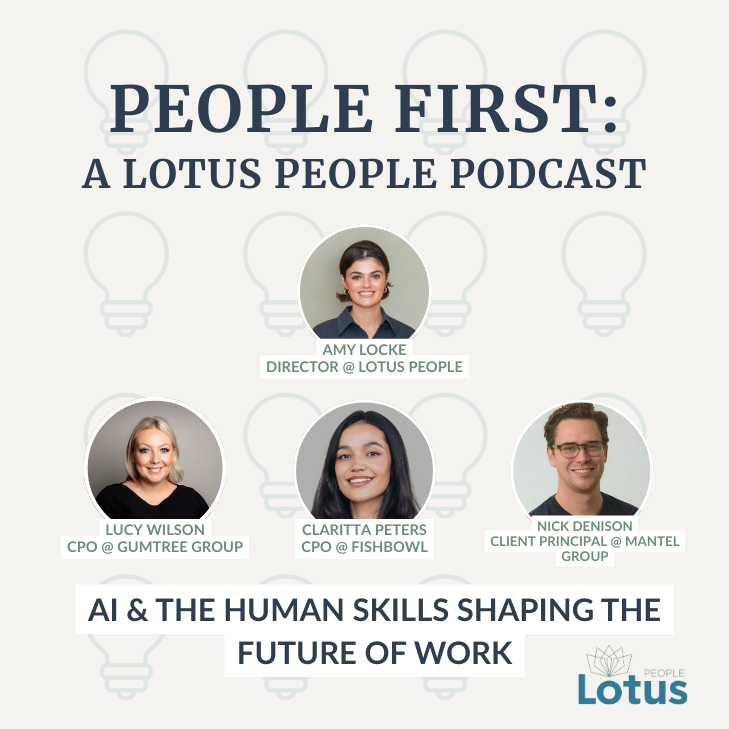I have noticed various posts on Linkedin Pulse recently that have titles such as ‘how to leave your business gracefully” or ‘keeping your personal brand in tact when leaving your current employer’, but I have not seen a single article on how to exist your employees gracefully, or keeping your company reputation in tact when a member of staff leaves you.
In an age of extreme competition to hire the best staff, employee engagement going through the roof, and a real focus on ‘what’s in it for me’, we are missing a key opportunity to leave a lasting impression when people decide to leave our businesses, for whatever reason. This article doesn’t intend to propose ways to stop this happening, no matter what, people will leave you.
It’s a sign of the times; we exclaim when we hear someone has been in a role for over 20 years! 20 years we cry, that is amazing! A rarity now, and the reasons for leaving are varied- not enough money, not enough progression, itchy feet, head hunted, change of industry, return to study, maternity or paternity leave etc etc etc. What I aim to cover in this blog however, is the gracious way of exiting staff from the business, when it has been their choice.
It’s hard for this not to feel personal unfortunately. As a senior manager at my previous agency, and working in an industry that suffers from high attrition rates, I have encountered that gut wrenching feeling you get when you receive the email stating the following words ‘can I grab you for a minute?’ No you want to say. No you can’t. You aren’t going anywhere. And it is hard not to feel, no matter the reason, that it is personal. What could you have done differently, why don’t they want to work for you anymore?
As a business owner now, I can’t even begin to imagine how much more personal this will feel when it happens, because, inevitably it will. But, I have learnt, over the last few years, to remember one key phrase: ‘Business is business, it isn’t personal’. And, unfortunately, when things are taken personally you are missing a key opportunity to leave a lasting impression on the people leaving your business. These are ultimately the people creating and maintaining your reputation as an employer, and it matters just as much how effectively you exit them, as it matters how you hired them.
Do’s:
– Do congratulate them on their new role. It isn’t personal to you, but it is a personal decision for them, and it won’t have been taken lightly. Be kind and supportive.
– Do communicate the message to your team as soon as possible, so that the employee in question doesn’t feel awkward, your team don’t feel left out of the loop, and you can start making contingency plans for managing the work left behind.
– Do conduct an exit interview. If you aren’t uncovering the reasons why people are leaving, how can you know what you need to change/fix?
– Do use the information from the exit interview to make real change in your business. Always use feedback as a chance to grow and develop.
– Do hold some kind of leaving party or at the very least, buy a card to thank the person for their time with you. They showed you some kind of loyalty, commitment and at the very least time in their employment, so make sure you say thank you for that.
– Do give them the time to do a proper handover. If they are in a customer facing role, your clients will appreciate it. They will appreciate having the opportunity to say goodbye. Even for the replacement employee, a proper handover document makes a world of difference to their immediate productivity.
Don’ts:
– Don’t be seen to take it personally. Be objective, be factual, and be calm. If you need to postpone the meeting to take a step back, then do so. Never use words like disappointed, hurt, frustrated, or anything to create a negative personal connotation.
– Don’t make rash decisions. How you behave in these key moments will shape what your team think of you as a manager. Take the time to formulate a plan which will have minimum impact on the rest of your team, and make sure you have decided what the message is you want to communicate to your team, and to the wider business.
– Don’t speak poorly of the person at any point, to anyone in the business. I recently heard of a manager saying to one of their other team members something along the lines of, if we had to lose someone that is the person that should go. No. Do not go there.
– Don’t create uncertainty around pay; by the time they leave they should have a final payslip in hand, with a date of when they will receive their final pay with any accrued holiday pay.
Some people may be reading this thinking, well of course, these are obvious, and good on you, because it sounds like you have things in check. But believe you me, for some businesses, they are not. And they are imperative to ensure that your reputation, and the reputation of your business, stays firmly intact.
You may also like...





